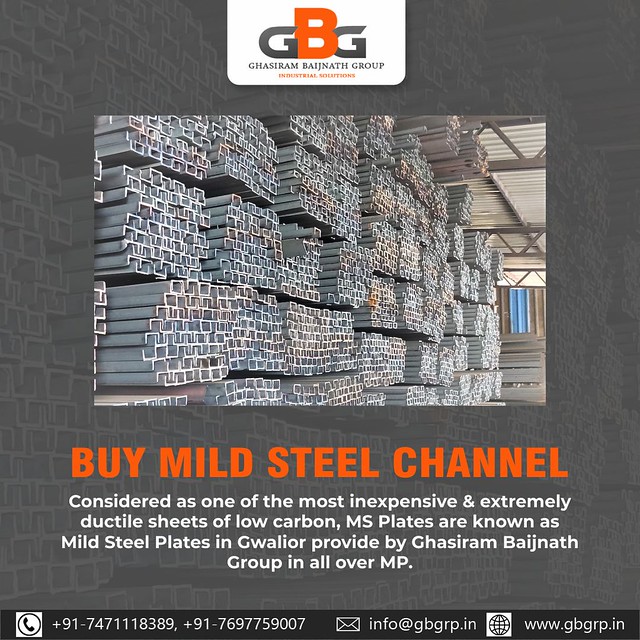Carbon Steel Plate: Manufacturing, Features, Advantages, How to Choose and Conclusion
Carbon steel plate is a versatile materia Carbon Steel Plate l widely used in various industries due to its excellent strength and durability. In this article, we will explore the manufacturing process of carbon steel plate, its features and advantages, how to choose the right product for your needs, and conclude with some key takeaways

.
Manufacturing:
Carbon steel plates are manufactured through a series of processes that involve melting iron ore with carbon at high temperatures. This produces pig iron which is then refined further into steel by removing impurities such as sulfur and phosphorus. The molten steel is then cast into large slabs or ingots that are subsequently rolled into thin sheets or plates using hot rolling or cold rolling methods.
Features:
Mild Steel Plate: Mild steel plates have low carbon c Low carbon steel plate ontent (<0.25%) which makes them easy to weld and form. They offer good tensile strength and can withstand moderate amounts of stress.
Low Carbon Steel Plate: Low carbon steel plates contain even less carbon (<0.1 Steel Pipe/Tube 5%) than mild steel plates. These plates exhibit excellent ductility, making them suitable for applications where extensive forming or bending is required.
Structural Steel Plate: Structural-grade carbon steel plates provide high strength

properties needed for structural applications such as buildings, bridges, and machinery.
Corrosion Resistant Steel Plate: Carbon steel can be coated with various metals like zinc (galvanized) or aluminum to enhance corrosion resistance.
Advantages:
– High Strength-to-Weight Ratio: Carbon steel plates offer superior strength compared to other materials while maintaining a relatively low weight.
– Cost- Mild steel plate effective: Compared to stainless steels or alloys, carbon steels are more affordable without compromising on performance.
– Versatility: Carbon steel plate comes in various grades suited for different applications ranging from construction to automotive industries.
Usage:
The uses of carbon steel plates vary across industries due to their versatile nature. Carbon Steel Plate Some common applications include:
– Construction: Carbon steel plates are used for construction of buildings, bridges, and infrastructure due to their high strength.
– Manufacturing: They find extensive use in the man Carbon Steel Plate ufacturing sector for fabricating machinery, equipment, and storage tanks.
– Automotive Industry: Carbon steel plates are used in automobile frames and structural components to ensure safety and performance.
How to Choose:
When selecting a carbon steel plate, consider the following factors:
1. Strengt Carbon Coil/Sheet h Requirements: Determine the required tensile strength based on your specific application needs.
2. Corrosion Resistance: Assess the level of exposure to corrosive environments and select an appropriate coating or alloyed grade accordingly.
3. Formability: Consider if extensive forming or bending is needed; choose low carbon or mild steel plates for improved ductility.
Conclusion:
Carbon st galvanized steel supplier eel plate is a reliable and cost-effective material with numerous applications across various industries. Its versatility allows it to fulfill diverse requirements while maintaining superior strength properties. When choosing a carbon steel plate, it’s essential to assess its strength, corrosion resistance, formability, Structural steel plate and suitability for your specific needs. By considering these factors carefully, you can make an informed decision that ensures optimal performance and durability in your project or application.
